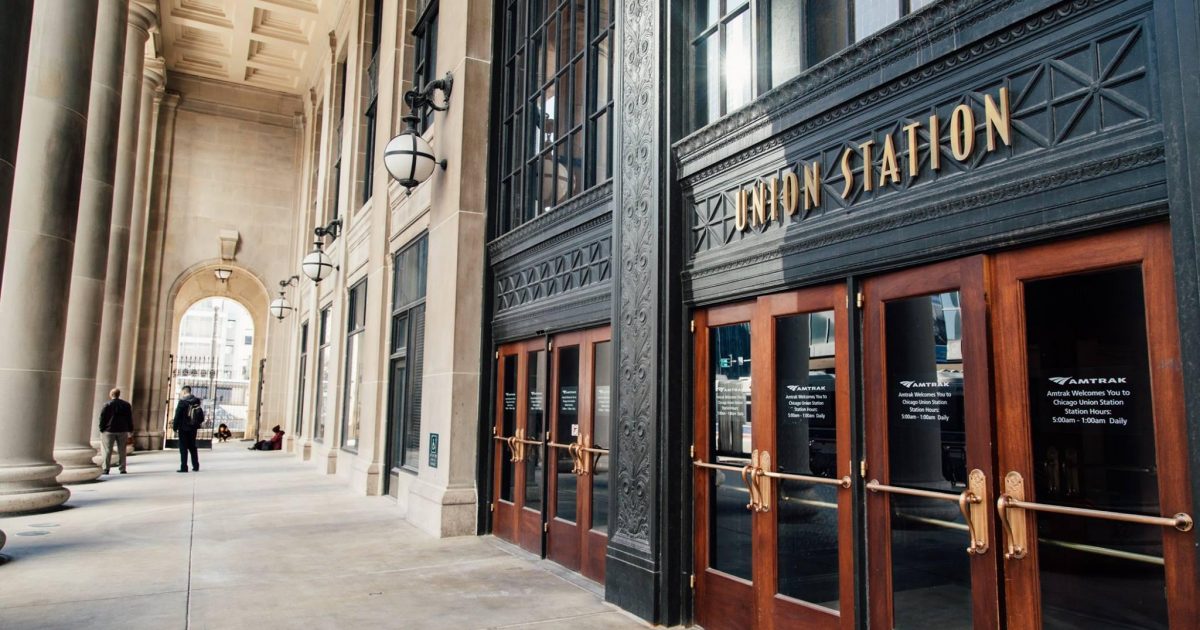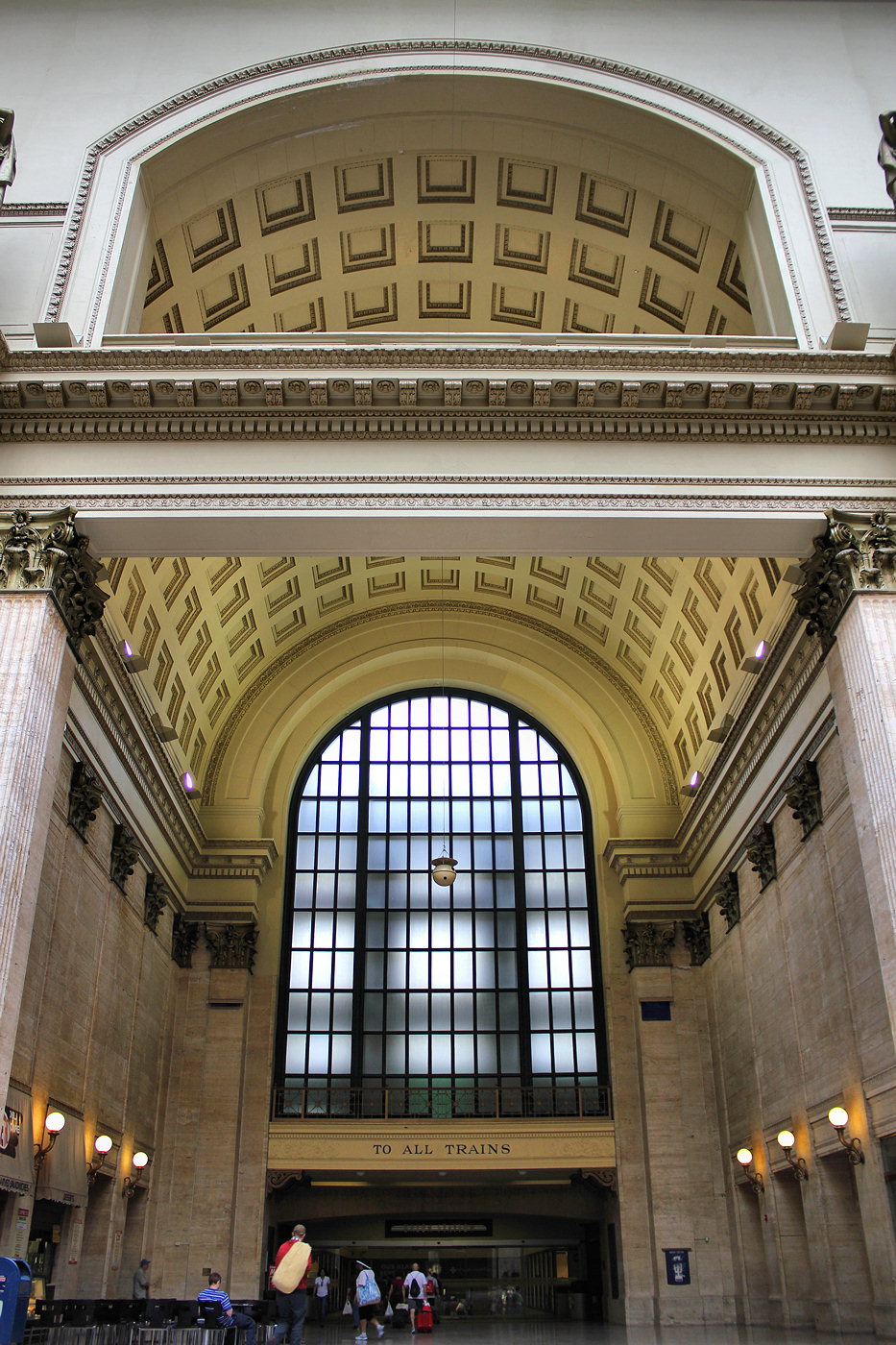

Unfortunately, the ground never sold and largely remains unoccupied today.Ī second terminal was then finished in 1880 by Pennsylvania Railroad's Pittsburgh, Fort Wayne & Chicago and used by: The B&O still owned Grand Central when it elected to raze the structure to sell what it perceived was valuable property beneath. Other tenants to use the building included the Chicago Great Western, Pere Marquette, and Soo Line while the C&O later dispatched its trains to the station. During the financial Panic of 1893 Northern Pacific lost control of the property and it was sold at foreclosure to the B&O in 1910. In addition was an enormous train shed spanning 555 feet in length, 156 feet wide, and 78 feet high. Beman was chosen for the project, conceiving a terminal in the Norman Castellated style with a marvelous 247-foot clock tower. This facility had originally opened in 1890, funded by the Chicago & Northern Pacific, then a subsidiary of the Northern Pacific. The Baltimore & Ohio's primary Chicago terminal was Grand Central Station located along Harrison Street on the city's Southside. A few years later the entire complex was demolished. The final train to use the terminal was the southbound Panama Limited, departing on April 30, 1971. Central Station served IC's long-distance trains and local commuter services. With a steep, pitched roof and spiral peaks surrounding its tower the building carried a very Medieval look. In addition, there was a magnificent three-story waiting room constructed of marble with an outdoor balcony overlooking Lake Michigan (at the time the station and tracks lay right next to the waterfront). The station featured nine stories used as the railroad's general offices while a gorgeous thirteen-story, 225-foot clock tower adorned one corner. It opened on April 17, 1893, replacing an aging depot, designed by architectěradford Gilbert in the Romanesque Revival style. This facility was Illinois Central's primary Chicago terminal, located at the south end of Grant Park near Roosevelt Road and Michigan Avenue. Today, its head house remains but all approach and staging tracks have been removed with the property redeveloped. When Amtrak took over intercity services on Dearborn was shuttered in favor of Union Station. During its peak years a total of 25 railroads served the station.

The Santa Fe was the most notable to occupy Dearborn while other major carriers to use it included the Chesapeake & Ohio, Chicago & Eastern Illinois, Chicago & Eastern Illinois, Monon, Erie (later Erie Lackawanna), Grand Trunk Western, and Wabash. The depot had cost nearly $500,000 and had to be rebuilt in the mid-1920s following a severe fire that damaged the tower. In addition, a 700-foot train shed extended behind the head house. The pink granite structure, located at the corner of what is today West Polk Street and South Plymouth Court, was only three stories tall but featured a magnificent center clock tower standing nearly 200 feet over the surrounding landscape. The oldest of Chicago's great terminals, Dearborn opened on designed in the Romanesque Revival style by architect Cyrus L. Today, the location is known as the Ogilvie Transportation Center and still served by Metra. The three story building had cost $20 million and remained largely unchanged until 1984 when the headhouse was razed to construct the 42-story Citicorp Center. Overall, the station was served by 16 staging tracks covered by an 894-foot long train shed.

To help improve traffic flow North Western Terminal featured dual concourses the upper-level hosted long-distance passenger trains while a street-level facility was tailored for commuters. The main waiting room was roughly 200 feet long featuring an 84-foot, barrel-vaulted ceiling. Inside was the building's main concourse along with dressing rooms, baths, and a doctor's office. The new facility was located at Madison and Canal Streets featuring five beautiful Corinthian columns on the main façade flanked by decorative clocks above them. Sometimes referred to as North Western Station this facility was Chicago & North Western's primary terminal in the Windy City until the railroad finally discontinued all passenger and commuter services during the 1970s.ĭesigned by architects Frost & Granger (Charles Sumner Frost and Alfred Hoyt Granger) in the Renaissance Revival style it opened for service in 1911 and replaced Wells Street Station.


 0 kommentar(er)
0 kommentar(er)
